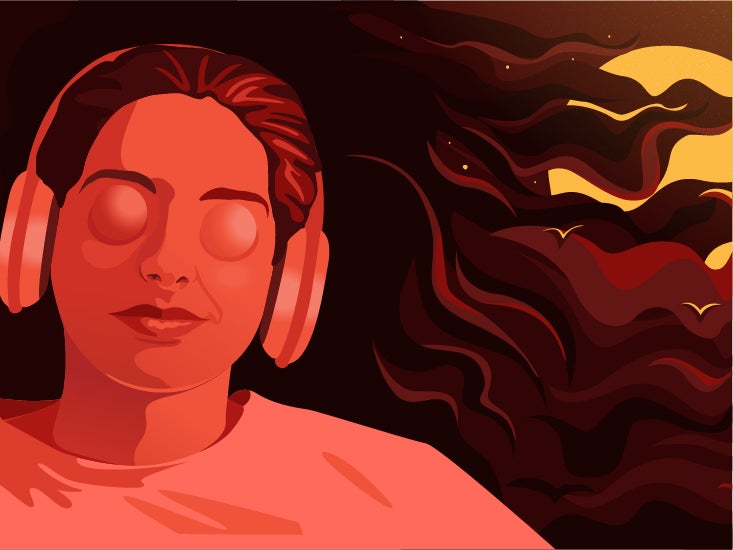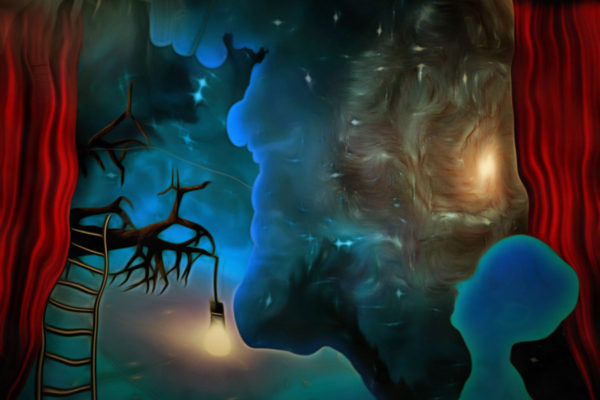
Based on our experience at a secluded nursing ward for patients diagnosed with schizophrenia spectrum disorders, we know that patients sometimes report the taste of sperm in their mouths, describe the bewildering sensation of being changed into a person of the opposite sex, or experience random orgasmic feelings which seriously disrupt their ability to function, especially in social situations. However, we believe this is more a case of their being unreported or unexplored as few systematic studies on this topic have been conducted, implying that sound prevalence rates of sexual hallucinations are still lacking.Ĭlinical practice indicates that these types of hallucination can be extremely burdening. Thus, there appear to be various reasons why these phenomena tend to go unnoticed and are considered very rare. Moreover, when other types of hallucination provide sufficient reason to initiate pharmacological treatment (as in the presence of distressing auditory hallucinations) the need to explore the presence of sexual hallucinations may appear superfluous to clinicians. Alternatively, health professionals may expect their patients to be embarrassed and, hence, refrain from asking about them. Another reason may be that patients suffering from sexual hallucinations are likely to feel embarrassed to talk about these phenomena. This may be due to the fact that the sexual modality falls outside the five basic sensory modalities (i.e., olfaction, taste, vision, audition, and touch) and that they are, therefore, hardly on the radar of health professionals and clinical researchers, especially when they are not familiar with more extensive classifications of the sensory modalities, which may list up to 14 of them ( 1).

Sexual hallucinations are probably the most neglected types of hallucination, even in psychiatric settings. In line with the current practice of providing trauma-focused treatment for trauma-related auditory hallucinations, we recommend that future studies explore the effectiveness of this type of treatment for sexual hallucinations. As sexual hallucinations are also experienced in the context of temporal lobe epilepsy, narcolepsy, persistent genital arousal disorder, intoxications and other somatic conditions, further research in transdiagnostic populations seems warranted.

For clinical and research purposes, we propose a classification of sexual hallucinations in accordance with the sensory modalities involved. Therefore, we recommend that clinical attention be paid to the psychotic and traumatic symptoms of these patients, as well as to the somatic conditions that may underlie them. They are not as rare as traditionally thought, and their relationship with childhood trauma is overwhelming. In addition, 61.5% of the patients reported high levels of distress.Ĭonclusion: In patients diagnosed with a schizophrenia spectrum disorder, sexual hallucinations warrant appropriate medical attention. All patients who experienced sexual hallucinations reported a history of childhood trauma, of which 76.9% involved sexual trauma (OR 8.7). Of the hallucinating patients, 46.2% reported multimodal hallucinations, with involvement of up to five sensory modalities. Results: Of the 30 patients interviewed, 13 reported sexual hallucinations, yielding a 1-year prevalence rate of 0.017 in this clinical sample.

Thirty of these patients were interviewed to assess the presence of sexual hallucinations, using a tailor-made questionnaire and the short form of the Childhood Trauma Questionnaire. Methods: After screening 778 patients diagnosed with a schizophrenia spectrum disorder, 42 were considered eligible for inclusion by their treating physician or psychiatrist. Objective: To establish the prevalence rate of sexual hallucinations in a clinical sample of patients diagnosed with a schizophrenia spectrum disorder, to describe their phenomenological characteristics, and to estimate their relationship with childhood trauma. However, whether this also applies to sexual hallucinations is unexplored. For other types of hallucination, notably auditory hallucinations, childhood trauma is an important risk factor. They are often multimodal in nature, and their prevalence rate is unknown.

Jan Dirk Blom 1,2,3 * and Esmeralda Mangoenkarso 1


 0 kommentar(er)
0 kommentar(er)
